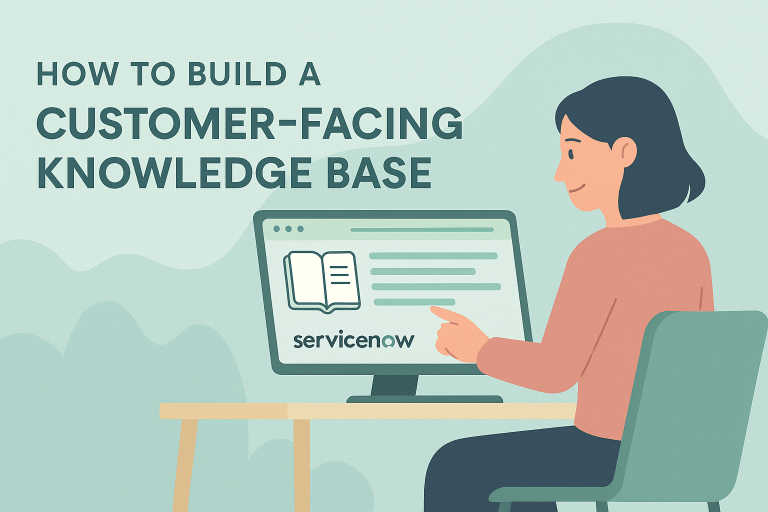How to Build a Customer-Facing Knowledge Base That Actually Helps
Some support tickets should never have been raised — not because they weren’t valid, but because the answer already existed… just not where the customer could find it. A well-structured customer-facing knowledge base (KB) is one of the most scalable ways to: And if your organisation is adopting a platform like ServiceNow, you already have…



